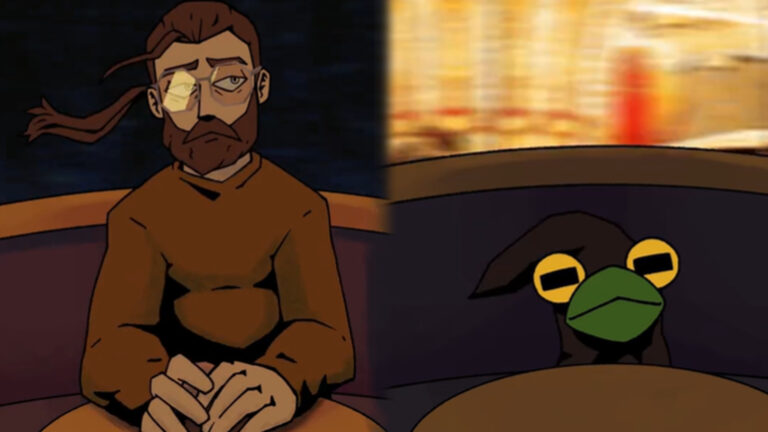A dizzying new trend set to Kate Bush’s “Army Dreamers” is taking TikTok by storm — but what is it and how do you get involved?
Kate Bush has recently experienced a new surge in popularity since appearing in “Running Up That Hill” in Stranger Things Season 4, and now it looks like she’s done it again, but this time on TikTok.
Her 1980 song “Army Dreamers” has gone viral as audiences fall in love with its catchy chorus, spawning a whole new trend featuring the song in the background.
But what exactly are TikTok’s trending Army Dreamers? Here’s everything you need to know.
Explaining TikTok’s “Army Dreamers Spinning Trend”
While it may seem a little confusing at first, there are actually two versions of this trend: one for artists to showcase their work, and one for sharing trauma.
But they both use the same format: two people facing each other spinning around on a ride (most commonly a playground carousel) with the chorus of Amry Dreamer edited over them.
Though they seem very similar, the meaning behind both trends is very different. Read on to find out what each trend means.
“Army Dreamers Spinning Trends” for Artists
If you’re an artist on TikTok, a version of the trend you’ve probably come across exists for creators to share their OCs (original characters) with their audience.
In this trend, artists draw themselves and their OC on a carousel and then use animation to make it look like the two of them are spinning.
OCs can be characters born from an artist’s imagination, characters created for a particular fandom, or anything at all.
“Army Dreamers Spin Trends on Shared Trauma”
Using the exact same setting, the Army Dreamers spinning trend also exists as a way to show two people (almost always different people) who have “survived” the same situation.
A version of this trend also depicts two figures spinning on a playground carousel, with a text overlay offering insight into their past.
“Two girls who survived the same girl” is the most common text in these videos, but the circumstances of survival vary. Sometimes it’s “the same boy” or “the same group of friends.”

